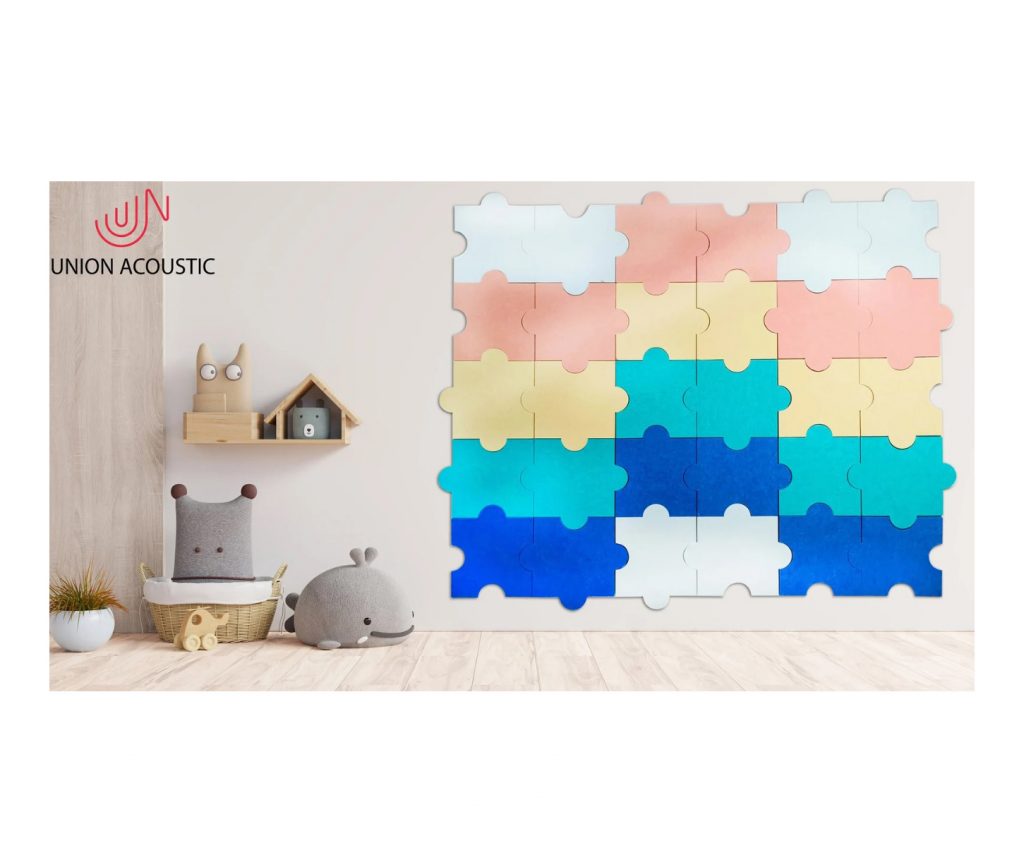
When it comes to soundproofing, acoustic foam is a popular choice for both professional and home recording studios alike. Acoustic foam helps reduce unwanted background noise and reverberation, resulting in superior sound quality. The key to selecting the best acoustic foam is to have a clear understanding of what exactly you’re looking for. By taking the time to research, you will be able to make an informed decision on the acoustic foam that best fits your specific needs. In this blog post, we will discuss the various features to look for when looking for an acoustic foam solution for your indoor space.
-
Absorption Coefficient for Acoustic Foam
When shopping for acoustic foam, one of the top factors to consider is the absorption coefficient. This measurement reflects how well the foam absorbs sound waves and prevents them from reflecting back into the room. Generally, acoustic foam with higher absorption coefficients will be more effective at soundproofing a room. To determine the absorption coefficient, it’s important to consider the thickness and material of the foam. Thicker foam will typically have higher absorption coefficients, as will foam made from materials such as melamine foam. To make sure you’re getting the best soundproofing possible, look for acoustic foam with an absorption coefficient of 0.6 or higher.
-
Different Types of Foam
When choosing an acoustic foam, it’s important to understand the different types available and how they affect sound absorption. There are two main types of foam: open-cell foam and closed-cell foam. Open-cell foam is softer and more porous and provides better acoustic absorption, while closed-cell foam is denser and provides a more rigid surface. Open-cell foam is ideal for recording studios and other sound-sensitive spaces, while closed-cell foam can be used when a more durable product is desired. Furthermore, both types of foam can be used in combination, allowing for greater acoustic performance.
-
Density of the Foam
When shopping for acoustic foam, it is important to consider the density of the foam. Generally, the denser the foam, the more sound absorption it will provide. Denser foam is also more expensive and heavier. Softer foam, on the other hand, is cheaper, lighter and easier to install, but the sound absorption properties are not as effective. You should also check the foam’s density rating, which is usually measured in kilograms per cubic meter (kg/m3). Typically, foam with a rating of between 12 and 32 kg/m3 is suitable for acoustic treatment.
-
Size and Thickness of the Foam
The size and thickness of the acoustic foam is an important consideration when looking for the right foam for your space. Foam thickness can range from 1 inch to 4 inches. Thinner foam will provide some sound absorption, but thicker and denser foam will provide more sound absorption. Additionally, the size of the foam will affect how much of the sound is absorbed and how much of the noise is reflected. Foam pieces that are too small will not effectively absorb sound waves, and foam that is too large can be visually distracting. It is important to consider the size and thickness of the foam to ensure it will fit in your space and effectively absorb sound.
-
Fire Retardant Properties
When looking for an acoustic foam, fire retardant properties should be high on your list of criteria. The acoustic foam should be able to withstand flames, so that it can protect your interior and equipment in the event of a fire. Make sure that you check the fire rating of the foam before you buy it. You should also look for a foam that is UL-94 certified, which is an internationally recognized standard for flammability. This will ensure that the foam is able to survive a short-term exposure to flames.
In conclusion, the right acoustic foam can make a huge difference in the sound quality of your home studio. When shopping for acoustic foam, keep in mind the material it is made from, the NRC rating, the thickness, and the size of the foam. Also, consider the price and the customer service of the company you are buying from. With these factors in mind, you will be able to select the best acoustic foam for your needs.
